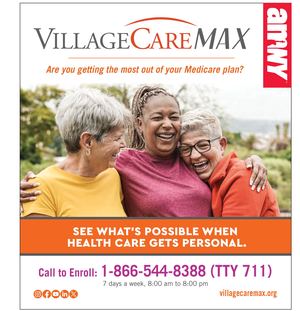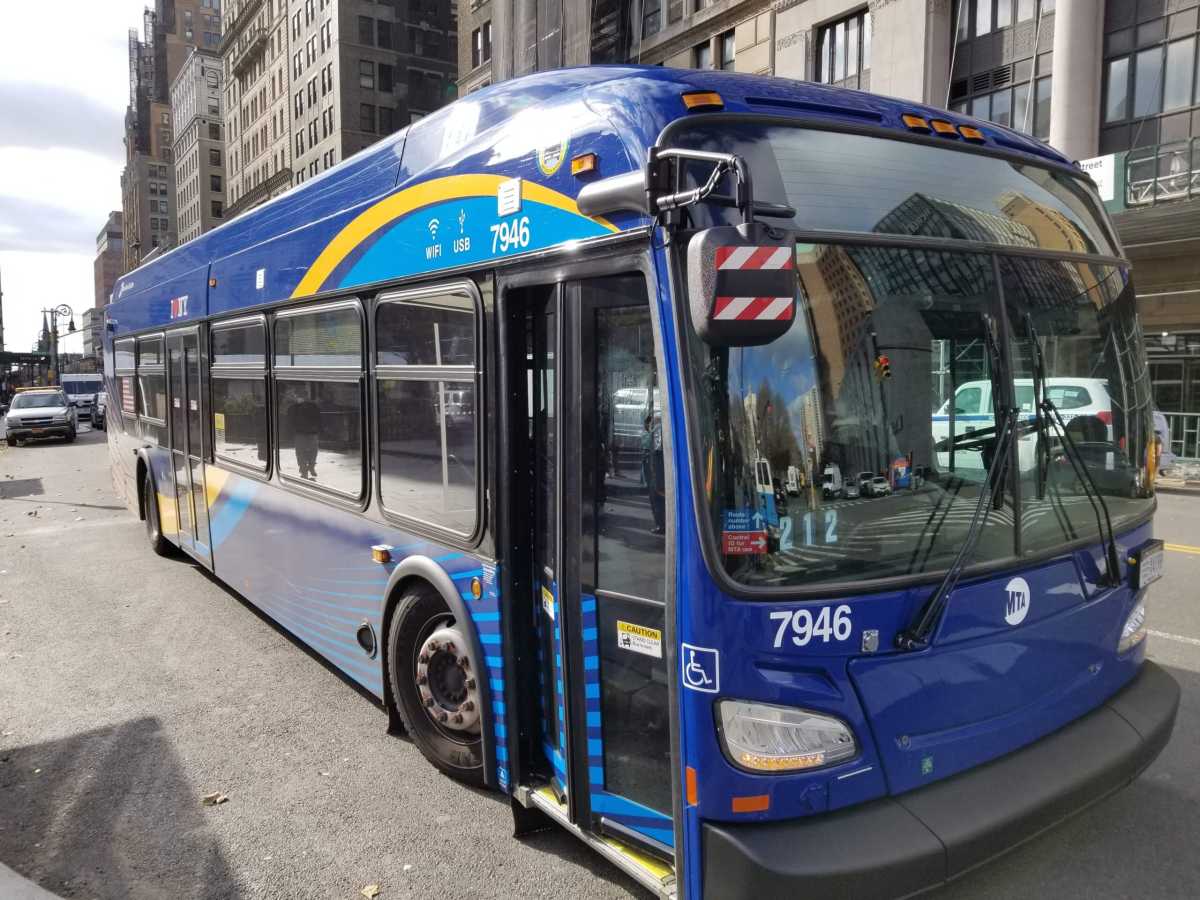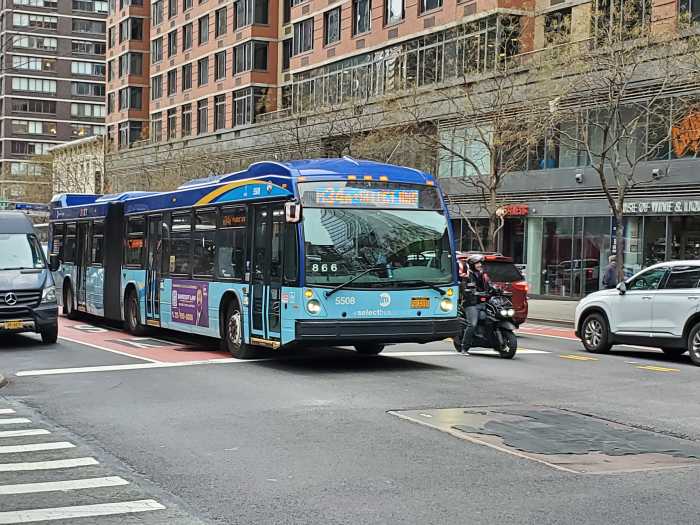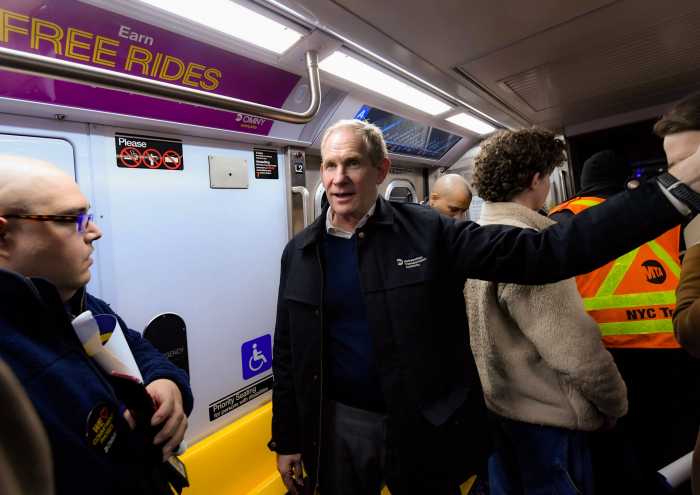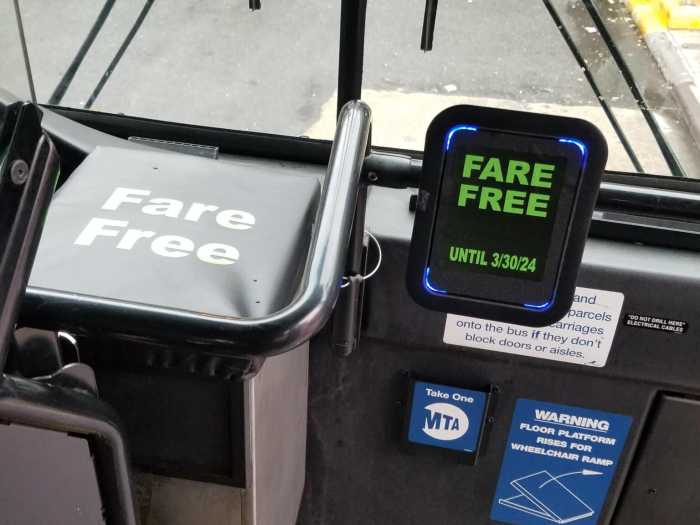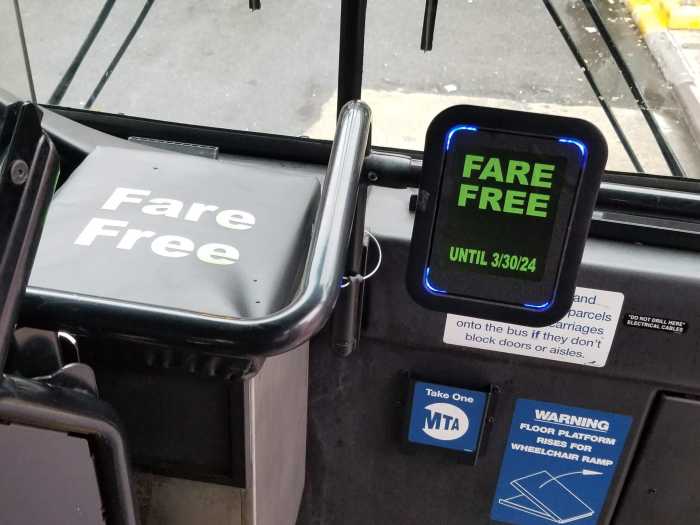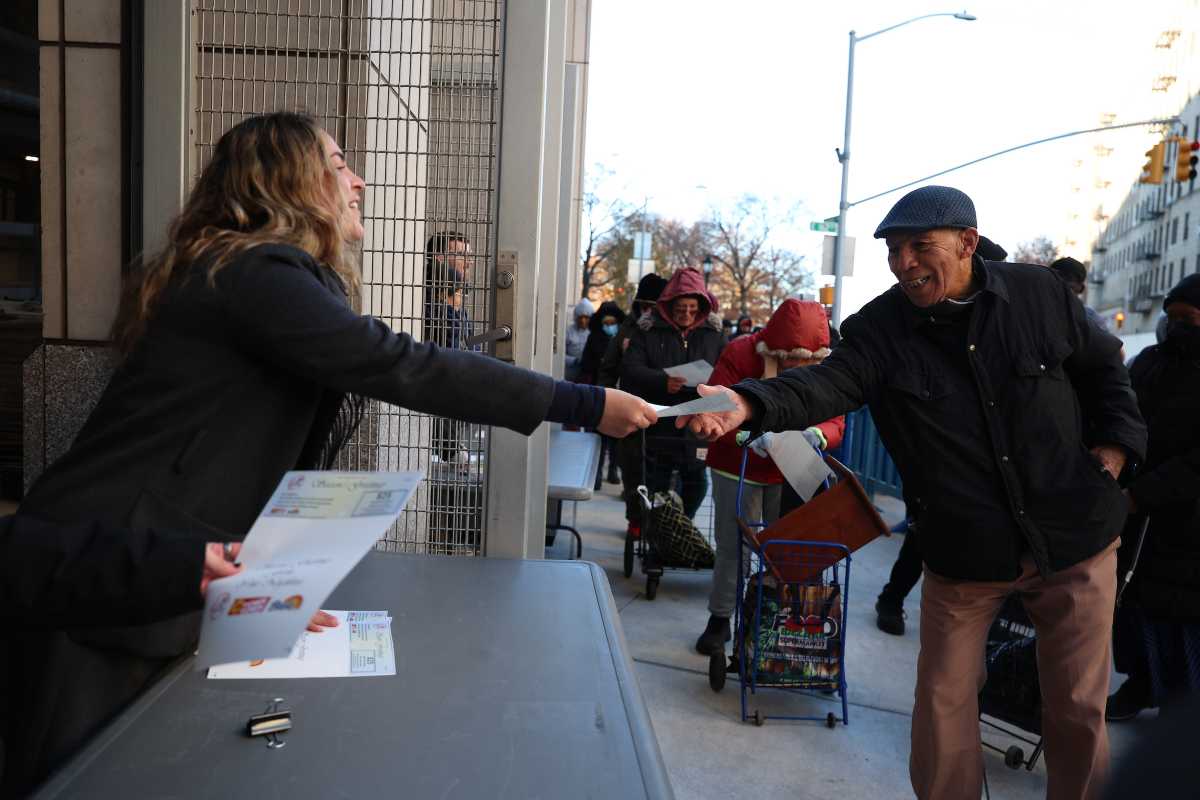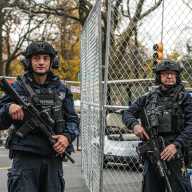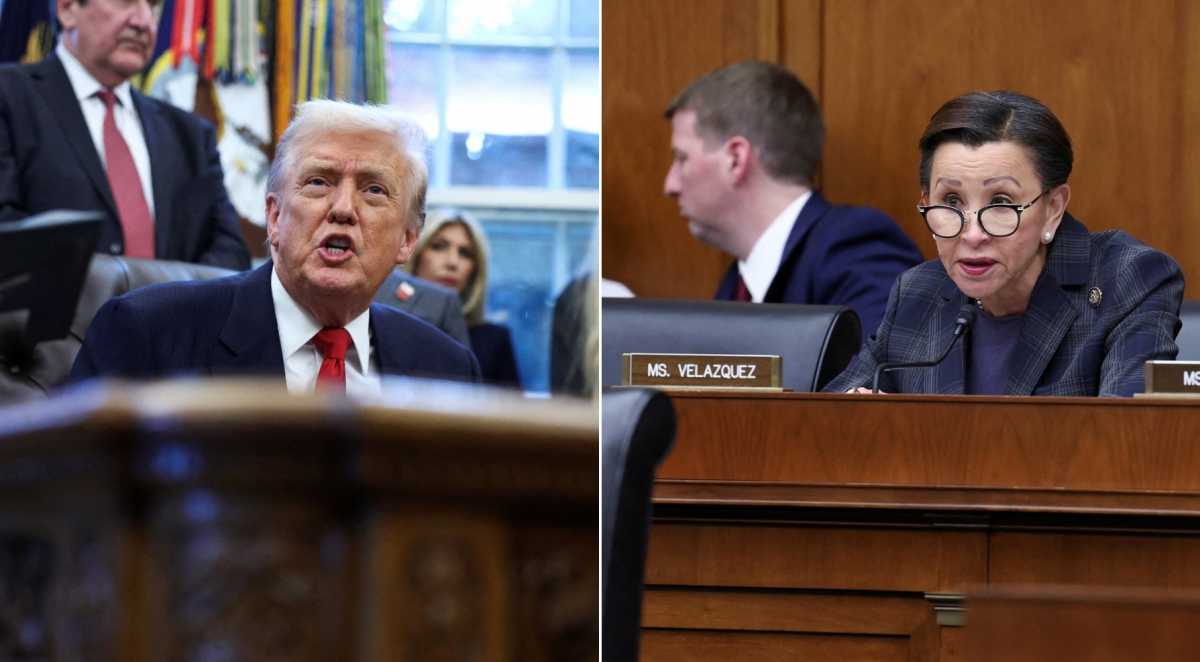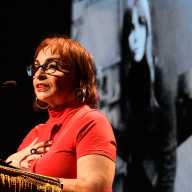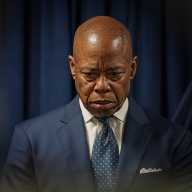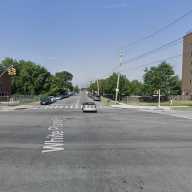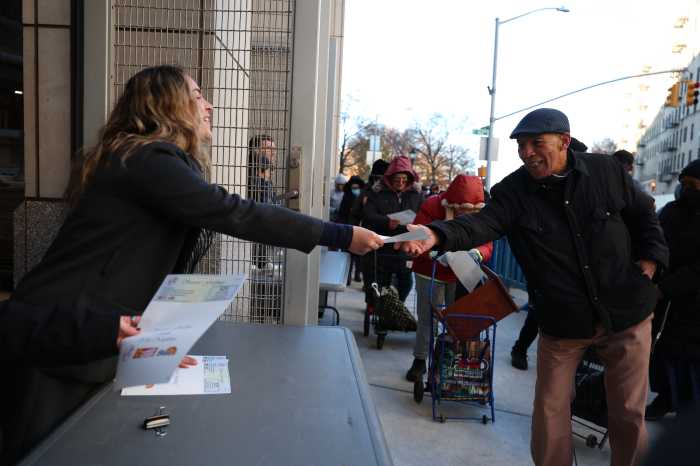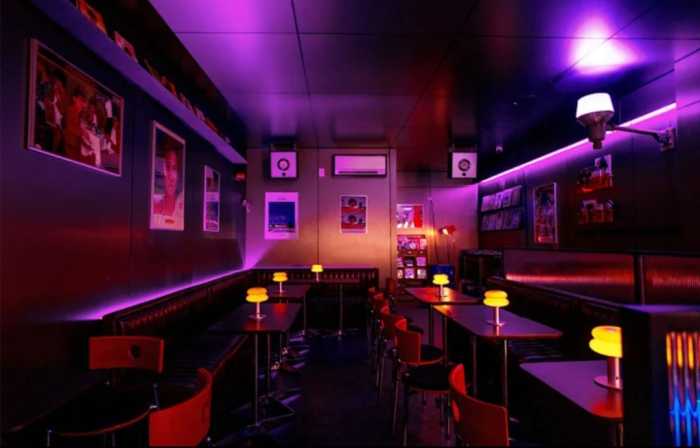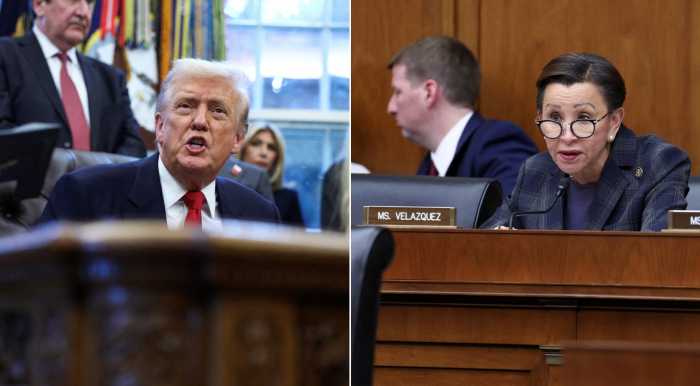The MTA on Monday announced the five bus routes selected for its fare-free service pilot, which is set to launch in September.
Fares will be waived on the Bx18 in the Bronx, the B60 in Brooklyn, the M116 in Manhattan, the Q4 in Queens, and the S46/96 on Staten Island starting on Sept. 24. The pilot will last anywhere from six-to-twelve months.
“The MTA is the lifeblood of New York City, and I’m proud of the tremendous progress we’ve made in returning ridership to pre-pandemic levels,” Governor Kathy Hochul said in a statement. “By establishing these fare-free bus pilot routes, we are expanding access to public transportation across the city and improving transit equity to better serve all New Yorkers.”
The Bx18 makes a loop through Highbridge on two slightly different variations, A and B. The B60 travels between Canarsie and Williamsburg, the M116 is a crosstown route in Harlem, and the Q4 runs from Jamaica Center to Cambria Heights near the Nassau border. The S46 runs between the West Shore and the St. George Ferry Terminal; the S96 follows the same route with limited service at peak hours.
The pilot was authorized as part of this year’s state budget agreement, which rescued the authority from imminent fiscal calamity. State legislative leaders had proposed a two-year pilot with two lines per borough, but the proposal was reduced in final negotiations. Advocates and progressive elected officials had sought to make all buses free.
“This pilot program will help thousands of New Yorkers who rely on buses to get to work, to school, to get to medical appoints and more. It was a priority for many of my Assembly Majority colleagues, and we look forward to seeing how it impacts our communities,” Assembly Speaker Carl Heastie, a Bronx Democrat, said. “We have one of the hardest working transit systems in the country, and we will continue working to find ways to ensure the MTA can better serve the families who depend on it every day.”
Paratransit rides will also be free during the pilot for trips that begin and end within three-quarters of a mile of the corridors where routes are fare-free, the MTA announced.
The bus routes were chosen based on a variety of factors, including ridership levels, economic conditions in the route area, and their proximity to employment and commercial centers. The bus routes chosen all have little overlap with other bus and subway lines, which the MTA contends will enable the best data collection for the impact of free service. All of the routes do still have train connections, but transfers will not be free.
After six months, MTA honchos will evaluate the impact of the pilot on metrics like ridership, scheduled service levels, bus speeds, security, and costs. Either at that point or after another six months, the routes will revert to paid service. The program cannot cost more than $15 million for implementation and operation.
The five routes will be marked with green and black physical and digital signage at bus stops and on buses, noting that they are free.
New York is just the latest locale to try out free bus service. Kansas City has had free bus and streetcar service since 2019, and transit officials there say ridership has increased and passengers have responded positively, while Boston has made three of its bus routes free through February of next year.
New York’s buses were also effectively free for five months during the height of the COVID-19 pandemic, when boarding was restricted to the back door of the bus to protect drivers.
The MTA has proposed raising the price of a subway and bus ride to $2.90 by Labor Day.
Read more: Second Avenue Subway Phase 2 Construction Starts Soon
